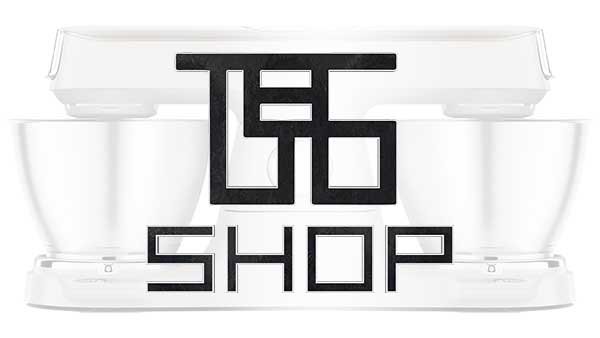

- Kitchenaid artisan mini full size#
- Kitchenaid artisan mini plus#
- Kitchenaid artisan mini professional#
- Kitchenaid artisan mini series#
Oddly, the engineers reversed how the speed switch detents work, as you must push up to release the switch, whereas on the regular Artisan you push down.

My mini runs smoothly, and keeps a very even motor speed at all times. It is thoroughly modern compared to the 1950's architecture of the Regular Artisan. Internally, the mini has a completely different reduction gearing system, motor, and control components. The regular Artisan is like operating a car with a carburetor, but the mini is like having modern fuel injection. I mention this, because over time you will eventually have to adjust the old style analog contact plate and governor to keep the mixer in proper "tune". On our Ultra Power it uses the classic mechanical governor with simple analog phase control. Speed is adjusted by just a switch, not a mechanical linkage connected to a spring and governor. The mini is truly solid state, as the motor control is actually electronic.
Kitchenaid artisan mini full size#
Even the mini seems a little large for the galley - but it does fit, and gets the job done.Įngineering wise, I actually prefer the mini to the full size Artisan. I've had an Ultra Power for over 27 years (wedding gift), but also purchased a Mini to use on our boat. However, if light weight and compact size are a priority - the Mini Artisan is a superior machine to the regular Artisan. Nearly every recipe written in the last 50 years that uses a stand mixer assumes in general a 3 quart capacity (breads, cakes, etc.). This is a significant reduction in capacity (30%+), that the purchaser should acknowledge. The mini is significantly smaller than the standard tilt head, with an actual useable 2 quarts of mixing capacity, whereas the standard (Artisan, Classic, etc.) is 3 quarts. "The KitchenAid Artisan Mini is meant for light users with small kitchens and those who have to own the newest member of the KitchenAid mixer family" she concludes.Looks can be deceiving Kitchenaid likes to play the numbers game with using "bowl size" and "wattage" to help define their products.
Kitchenaid artisan mini professional#
One should clearly understand that the Artisan Mini cannot and is not meant to compete with the Artisan or the Professional Series" explains Makita. Similarly, the Professional 600 comes with a 6 quart bowl while the Mini comes with a 3.5 quart bowl. The former has a motor with 575 watts while that of the Mini has only 250 watts. "The Professional 600 packs more than twice the wattage of the Artisan Mini. It is a highly recommended read for anyone still undecided on whether to go with the KitchenAid Artisan or the Professional series.
Kitchenaid artisan mini series#
KitchenAid Artisan vs Professional Series - 15 CRUCIAL Differences addresses the major differences between two very popular KitchenAid mixer models.

Kitchenaid artisan mini plus#
One of them compares the entry-level Classic Plus and Ultra Power with the mid-level Artisan while the other compares the mid-level Artisan with the Professional 5 Plus and 600 series. In addition to the KitchenAid Artisan Mini vs Artisan vs Classic comparison, Trendy Kitchen has published comparisons on other KitchenAid mixers as well. These two features make the Mini less suitable for mixing large quantities of cake batter or bread/pizza dough" elaborates Makita.

Its major drawbacks are the down-sized bowl (3.5 quart) and the not so well endowed 250 watt motor. It occupies little space on the kitchen countertop, it looks cute and it does a decent job in mixing and kneading relatively small quantities of batter/dough. "The major advantage of the Mini KitchenAid stand mixer is its size. "The final decision on whether to go with a Mini or not comes down to four of the 20 features analyzed" explains Makita. These videos demonstrate step-by-step operation of the Mini mixer right from the point of unboxing. In addition, the above analysis has included a couple of KitchenAid Artisan Mini video reviews. The comparison allows consumers to get an accurate idea of the potential of the Mini mixer compared to its predecessors. The technical specifications of all above features are compared among the Artisan Mini, full-sized Artisan and Classic Series mixers. (9) nylon coated vs burnished metal mixer attachments, (10) speed controls etc. The above KitchenAid Mini mixer review analyzes various features of the mixer such as (1) wattage of the motor, (2) size of the bowl in quarts, (3) finish of the stainless steel bowl, (4) capacity for making bread, cookies, and mashed potatoes, (5) specifics of the planetary mixing action, (6) pouring shield, (7) the mixer-head locking mechanism, (8) availability of advanced features like the soft-start feature, all-steel gear transmission, electronic speed sensor etc. Visit to get the full scoop on these 20 Pros and Cons of the Artisan Mini stand mixer.


 0 kommentar(er)
0 kommentar(er)
